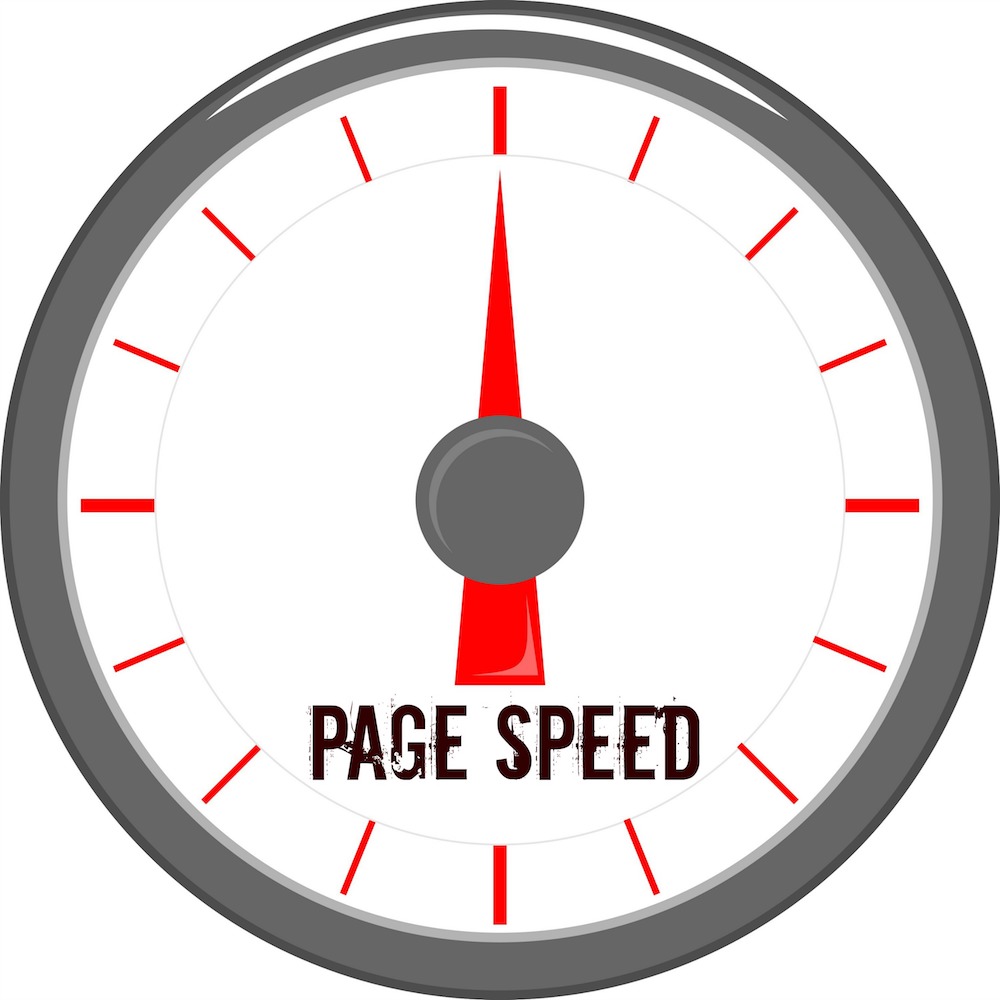 No company wants to be that site- the one that takes so long to load that people become frustrated and leave before seeing their awesome content.
No company wants to be that site- the one that takes so long to load that people become frustrated and leave before seeing their awesome content.In a recent blog by Robert Mening, a web developer and designer from Sweden, Mening states a few reasons why you shouldn’t ignore your website page speed- and we agree with them all!
1. It Affects Bounce Rate
Read: How Web Design Affects Bounce Rate
Mening points out that people are more likely to leave a slow-loading site, so even if the content on the page is “out-of-this-world, smack-you-in-the-face fantastic,” it still needs to load fast enough to make your visitors happy. In a recent LoadStorm Infographic, they state that you have only 5 seconds to engage a customer, and load-time plays a big part in conversion rates. Specifically, just a one-second delay in load time meant 7% less conversions and 11% lower page views.
2. Speed Is Used as a Ranking Factor
We all want higher Google rankings. In 2010, Google included website page speed in their website ranking algorithm. While relevancy is still the most heavily weighted factor, making sure your site is loading quickly may just give you that little extra push to put you ahead of your competition on search result pages.
3. It Affects Conversion Rates
Mening gives some examples of how a faster website page speed means better results:
- When Amazon decreased their website’s load time by 1 second, it resulted in a 2 percent increase in conversions, which means more profit!
- Mozilla saw the benefits, too. When they decreased their website’s load time by 2.2 seconds, they saw 60 million more Firefox downloads per year.
- Shopzilla managed to decrease their website’s load time by 3 seconds and, in turn, saw 25 percent more page views and 7-12 percent increase in revenue.
Don’t ruin your users’ experience with a slow loading site! Start by testing your page speed at Pingdom to see where you’re at. 3-7 seconds is classified as the average load-time, but you should be aiming for 3 seconds or less. As always, contact us today to see if you need help diagnosing your problem and fixing it.
Disclaimer: Robert Mening’s original post was a sponsored post
Visit Mening’s website here.


